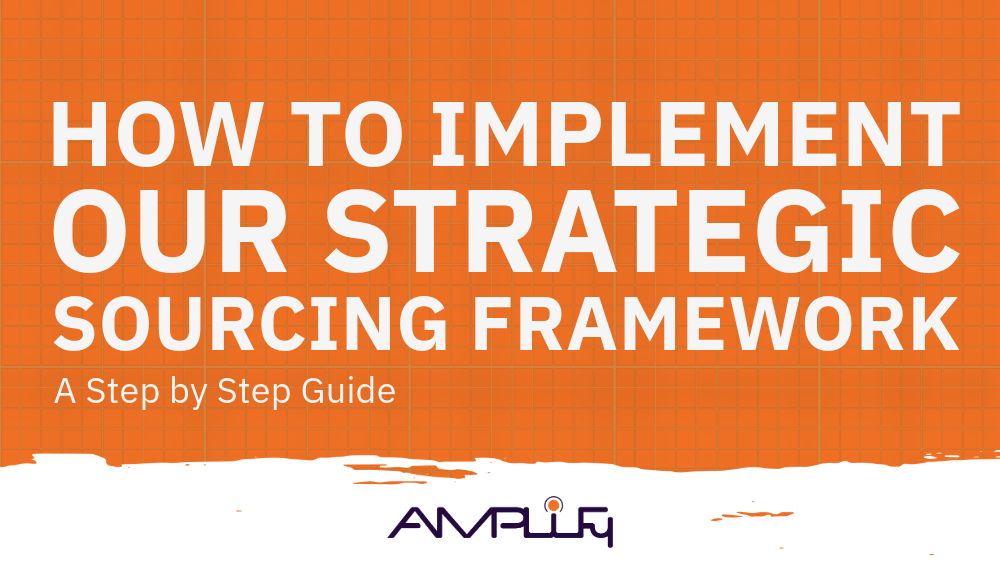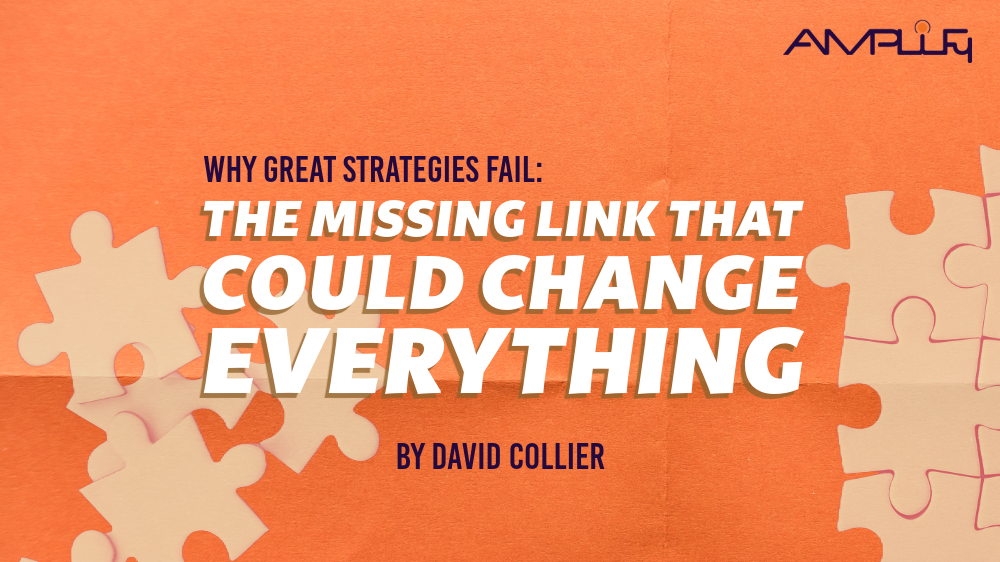3 Ways to Make a Consistent Customer Experience in Your Organization
Based on my many years of observation and involvement in the industry as a consultant, one of the main challenges in businesses of all sizes is customer experience. I am constantly faced with a lack of consistency in customer experience, which leaves me to wonder: Why is customer experience so damn inconsistent? Also, what can we do about it?
Is this an area of the business world that truly needs a methodology to ensure a consistent experience—a standard interaction model with the client and a playbook to run the same experience for all customers? I think perhaps so, and before you start to believe this is impossible or too lofty a goal, look around as the template already exists.
Simply look to fast-food giants like McDonald’s or automobile experts like Toyota; both are blazing the trail of ensuring consistency across the board, in every branch, and for every product.
For example, if you go to McDonald’s, you get the same burger at every branch—branches spread not only throughout the USA but also throughout the world. That’s no small feat. This is accomplished in many ways, including incorporating calibrated machines that keep serving sizes, measurements, baking times, and more to a precise science—all of which is available at the touch of a button.
And as for how Toyota is tackling the issue, if you buy a Toyota Corolla (or whichever model you choose), it gives the same ride whether you’re buying that Corolla from an official dealer in Montana, Japan, or even further afield. Impressive, right?
One has to wonder, how did these companies accomplish this feat while so many other businesses are failing to do the same? And perhaps more importantly, what messages can we learn from Ray Kroc—who purchased McDonald’s in 1961 and served as its CEO from 1967 to 1973—and the Toyota Production System (TPS), which is a production control system established by Toyota to make the vehicles ordered by customers in the quickest and most efficient way possible (while still not sacrificing quality or customer experience)?
1. Standardize
One of the first things I learned from McDonald’s and TPS regarding ensuring a consistent customer experience across the board is the importance of the standardization of processes across all locations and branches of production. I mentioned how McDonald’s created machines that carefully calibrate serving sizes, portions, ingredient measurements, baking times, and much more to ensure consistency in the preparation and delivery of every customer order. A customer can essentially order the same menu item from a branch in Japan and get the same offering as a McDonald’s customer in America.
As for TPS, it uses the philosophies of “Daily Improvements” and “Good Thinking, Good Products” to constantly make improvements to ensure continued evolution. In essence, it achieves an ultimate standardization in the production process by first building and improving systems through the meticulous effort of human engineers who build each new line component by hand to exacting standards. Next, incremental improvements—or tweaks—are implemented as needed, until eventually, it is a well-oiled machine that can be navigated by any operator and achieve the same result (product)—much like McDonald’s. And yes, all automated and at the end of a button (or few).
When starting—and often just to ensure everything keeps flowing smoothly—this sometimes means a senior (or even lower level) staff member might have to overlap at other locations to keep an eye on things and serve as the bridge, ensuring a seamless process.
While we are on the subject, ensuring a consistent culture experience needs to be understood even from within, with things needing to be streamlined before any significant changes are made. The good news is that procurement can be a big help with this, as they have visibility over the entire organization’s structure.
2. Identify Where New Standards Are Needed
A common problem that businesses run into is that they manage to get a standard production process up and running (step one) and make the mistake of thinking they’re done and can rest on their achievements. Far from it! A constant, full-time job ensues to ensure an excellent customer experience. This job involves reviewing customer data and feedback to identify new spots that need standardizing and help.
A great way to do this is by mapping your customer journey. This is where you map out a visual representation of an end-to-end customer experience with media like infographics, illustrations, diagrams, etc. These visuals allow you to see and measure all the places and touchpoints customers come into contact with your brand and also help you better understand customers’ experiences (feedback). Invesp has an article that goes more in-depth on how to develop your customer journey map.
Once you have mapped out the customer journey and used the feedback to find pain points and areas for improvement, have stakeholders focus on one to three priorities rather than tackling too many at once.
While you are in this process, it is essential you communicate this to your customers. Let them know you are working for them and listening—and acting on their behalf—making changes they have asked for. And most importantly, stick to these promises.
Lastly, it is important to note that standardizing how you collect data from customers and suppliers alike is paramount for ultimate success. This will require procurement to be on board, which is easier said than done but necessary, nonetheless.
3. Implement a Complaint Resolution Process
While many people would admit that they see customer complaints as negative, it is important to also look at them as beneficial and a tool that can be used for good. Why? Because complaints are an important way for management to open their eyes to what is lacking in the customer experience arena. It is also a way for companies to be accountable to the public.
That being said, all customer complaints must be handled well, with care, and uniformly throughout your organization. Effective complaint handling is one of the fundamental foundations for delivering quality service. Ombudsman Western Australia has a helpful PDF on what makes an excellent complaint resolution process.
There are more ways to create a seamless customer experience, but these three basics are a great place to start. It is also worthy to note that consultants will all have unique methodologies (and that’s fine!). Lastly, while process is essential, it’s equally vital to be flexible. Businesses need to balance achieving the best of both those worlds.




